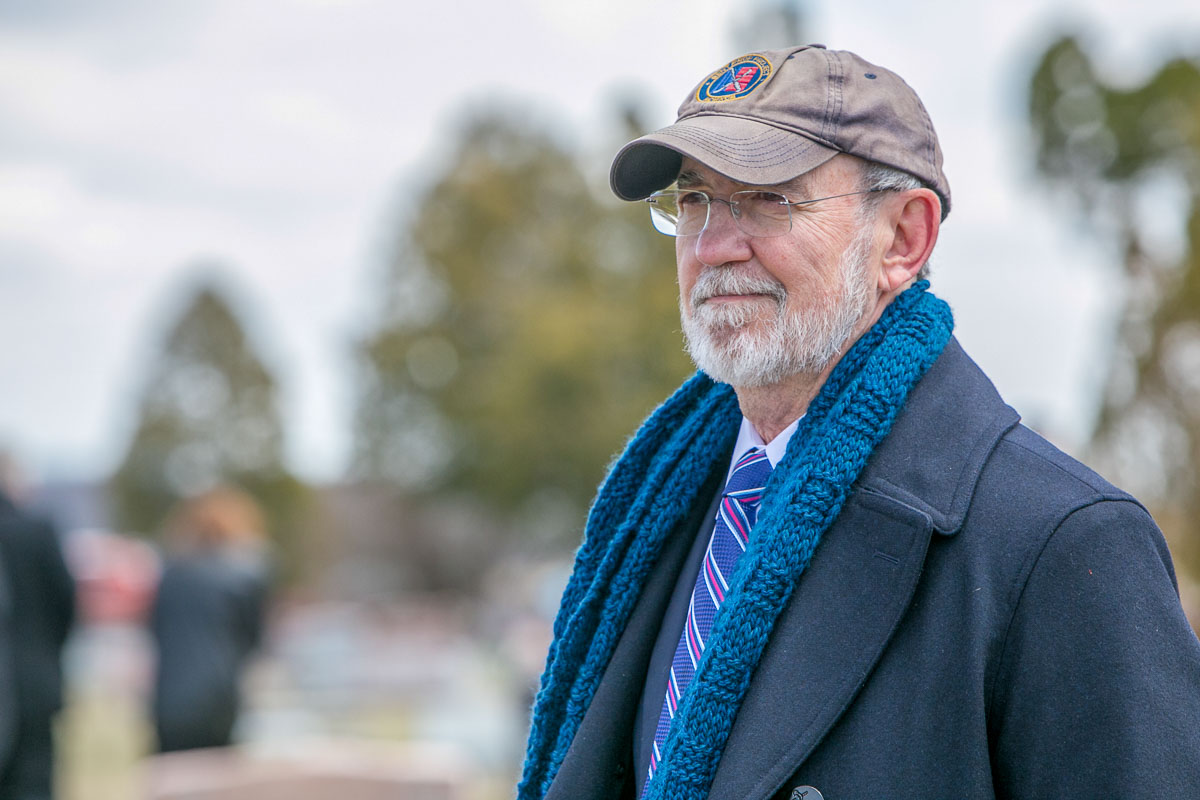Project Recover, an NGO that searches and repatriates the remains of the lost pilots and sailors from the South Pacific, at the heart of “To What Remains,” currently showing in theaters | DOCUMENTARY
This past week marked eighty years since the Japanese attack on Pearl Harbor on December 7th, 1941, which lured the United States into WWII. Sixteen million Americans answered the call to join the armed forces against the Axis of Nazi Germany, imperial Japan and fascist Italy. Over 400,000 servicemen lost their lives in the Atlantic and Pacific theaters, with approximately 80,000 more still classified as missing in action, their final resting places unknown.
Project Recover is working hard to change that. The organization, using up-to-date technology, has been locating downed planes and sunken ships, and diving to their wreckages to extract the remains of Americans lost at sea to, at last, return them home.
Pat Scannon founded Project Recover in 1993 after a trip to the South Pacific island of Palau changed his life. He was there to help locate the Japanese destroyer that George H.W. Bush, then just twenty years old, had sunk in 1944, shortly before he was shot down and nearly lost at sea himself.
“We did find that ship, but I think while I was there, I became aware that a lot of combat had happened in the area of Palau,” Scannon said recently on a video call. He added that during one of those initial dives, he encountered what he recognized as the wing of a B-24 bomber. “I just knew I had to know more about this than that it was the wing of a B-24,” he said. “Because obviously if the wing is there, where is the rest of the plane? And are there other planes?”
There were. And the efforts of Project Recover have been filmed for the documentary “To What Remains,” now playing in theaters.
The documentary follows Scannon and a dedicated team of mostly volunteers whose mission is to find and repatriate the remains of the lost pilots and sailors from the South Pacific. It’s tedious, often dangerous, work, but its importance is difficult to overstate, particularly for the families and descendants of those who never came home.
“The logistics can be a pretty big challenge when you’re working in different areas of the world. We can fill an entire ship with equipment and personnel,” added Eric Terrill of the Scripps Institution of Oceanography, who is seen on several dives in “To What Remains.”
At certain depths, the dangers for human divers quickly escalate. Even with safety at the forefront, poking around in eighty-year-old sunken metal is inherently risky. Terrill said that the work of Project Recover has been aided by robotics both for the initial surveys and the eventual dives and recovery of human remains.
“There’s certainly a lot of adrenaline that comes with finding the site and being able to do that identification,” Terrill explained. “That’s not a reason to push your dive timetables or put yourself in a compromising position.
“We’re not in a combat setting. We’re not doing an urgent mission. If we don’t make it in the allotted time we have, we have to come back.”
One of the most affecting moments in “To What Remains” sees Palauan President Tommy Remengesau officially turning over the remains of a fallen WWII American pilot to his descendants, to then be accorded a proper military burial. This sequence was filmed in 2014, and was just one incident captured over the six years the documentary was in production for.
And when the pandemic struck last spring, with international travel all but impossible, the team at Project Recover shifted its work to searching off the east and west coasts of the United States for GIs lost in training accidents. Terrill said the families of those same pilots “ask themselves the same questions about those lost in combat.”
“So we did spend some time doing a lot of archival research and field work associated with training losses during the pandemic,” he said.
Scannon estimates that Project Recover knows the locations of an additional hundred American MIAs overseas still awaiting repatriation.
“There is a sort of a domino effect in terms of when we find a site, that sets into action the necessary steps to do recovery,” he said. “It’s actually forensic in nature. It’s treated, if you will, as a crime scene in terms of the documentation.”
He remains hopeful that even after so much time has passed, the rest of America’s WWII lost can still be found. Robotics and underwater drones make this far more likely. Scannon says that people who want to assist in the mission can donate funds at ToWhatRemains.org and/or volunteer their time.
“I think one of the things that comes out in this film is that it’s not just about the search and the technologies. Really it’s about the impact of our findings on the families,” Scannon said. “And not just the families but the communities that these families are in. ‘To What Remains’ tells this story in a way that I don’t think it’s ever been told before.”
“I think there’s a lot of ways people can build communities and provide service,” added Terrill. “One of the things I have [discovered] through this journey is gratitude.”
“To What Remains” is now playing in select theaters.
news via inbox
Nulla turp dis cursus. Integer liberos euismod pretium faucibua



